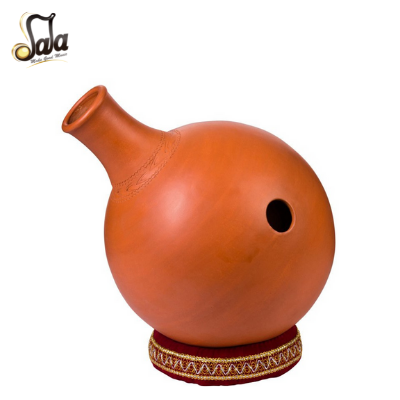How To Play The Udu Drum Effectively
It is known that the udu drum is an African-derived drum and is therefore considered an ethnic drum. Dexterity is one of the most important criteria to play the udu Drum well. We have compiled general and important information about udu drum, which many people are curious about.
About Udu Drum

Playing the udu drum requires a high degree of skill, and the udu drum is one of the best options for those who want to produce different sounds. This is because the variety of features such as hole adjustment produces different sounds. The beats made while playing are used for many purposes such as keeping the rhythm of the song, guiding the group. It has a small hole to collect the air that carries the sound. One of the most important elements of playing the udu drum is the method of percussion. As the hit hardness increases, more sounds are produced, but slow finger taps also produce basic bass sounds. Apart from this, your dexterity must be high to play the udu, because it is very important to use the fingers fully to make the right sound. Many people think that sound and power are important for playing the oud drum well. However, this is not the right approach because the important thing is to catch the right tempo.
History Of Udu

Percussion instruments are among the most important instruments of African music. This is because, in African culture, the drum is used to convey the drum rhythm and messages called talking drums. The udu drum was discovered by the Igbo people of Nigeria. Udu drum, which was invented by udu women from clay pots, is different from other drums with this feature. Udu was also used as a household item before it was produced from clay and pottery. The udu, which was used in women's ceremonies and rituals at first, later turned into a percussion instrument in Christian churches. It is now used in reggae bands, percussion musicals, African pop music, and some acoustic performances.
How To Play The Udu Drum

While playing the udu drum, it is played with touches and beats. You can make a sound by tapping your fingers on the sides while moving your hands away from the hole of the udu. In this way, you will start to produce different sounds from the udu. At the same time, while playing the udu, you can control the bass tones of the udu by closing and opening the small hole on its side with rhythmic movements. In other words, it creates an environment that controls the movements of the sound between the pitches. You can also open the hole by flicking your fingers on the other side to affect the sounds on the frets.
If you have previous percussion experience, it is easier, if not, it is an instrument that takes some time to learn. However, with a good trainer, plenty of exercises, and patience, you can start to specialize after a certain time. You can contact us for more detailed information and questions.






Leave a comment